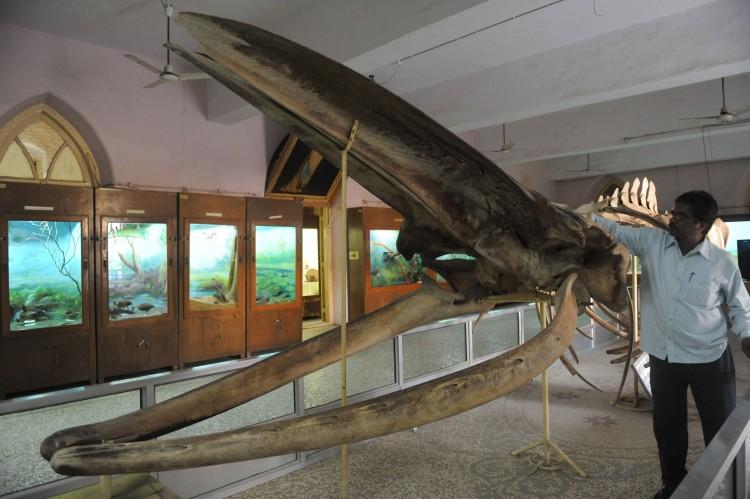TIMELINES: What animal, the single heaviest known to have lived on Earth, is caught March 20, 1947?
What animal, the single heaviest known to have lived on Earth, is caught March 20, 1947?

Museum caretaker Subhashbhai cleans the skleletal remains of a blue whale on display at The Lady Wilson Museum at Dharampur of Valsad district, some 375 kms. from Ahmedabad, on February 19, 2012. The whale, measuring some 42 feet (12.73 meters) long was found dead on the shores of Nargol village of Valsad district on October 7, 1989. SAM PANTHAKY/AFP/Getty Images
|Updated:






